Steve Grigg and Frank Colinson
The monument – a hut circle (prehistoric homestead) on Dartmeet Hill with royal connections. This is a tale of two stones in a hut circle, which had been previously prostrate, were (re) erected as a Queen Victoria Jubilee Memorial in 1887. The location is on the opposite side of the road from the Coffin Stone, just uphill from Badgers Holt and Dartmeet. Apparently, “The Monument” is / was the local name for this site.
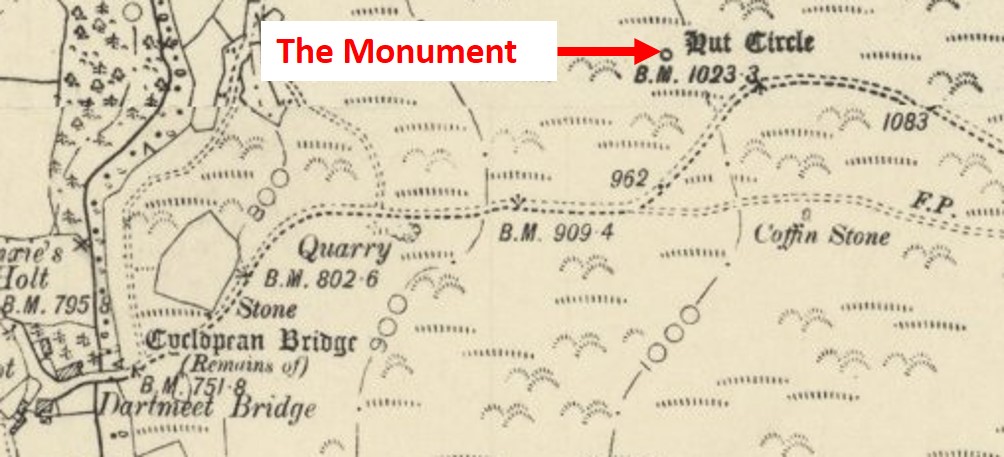
Whilst planning a walk around the Vag Hill / Dartmeet Hill area, I came across a reference to “The Monument” on the Legendary Dartmoor web site, so this was duly added to the trip for further exploration. The Legendary Dartmoor website reference can be found here:
A part of the story is told by a Robert Burnard picture, which is shown below. Burnard wrote on the picture “Prehistoric remains on slopes of Yar Tor near Dartmeet. The two upright stones were prostrate but this autumn were set by Mr Rose of Badgers Halt as a Jubilee Memorial”. Badgers Halt was the summer residence of Mr Rose, who, I believe was locally known as ‘The Badger‘”.
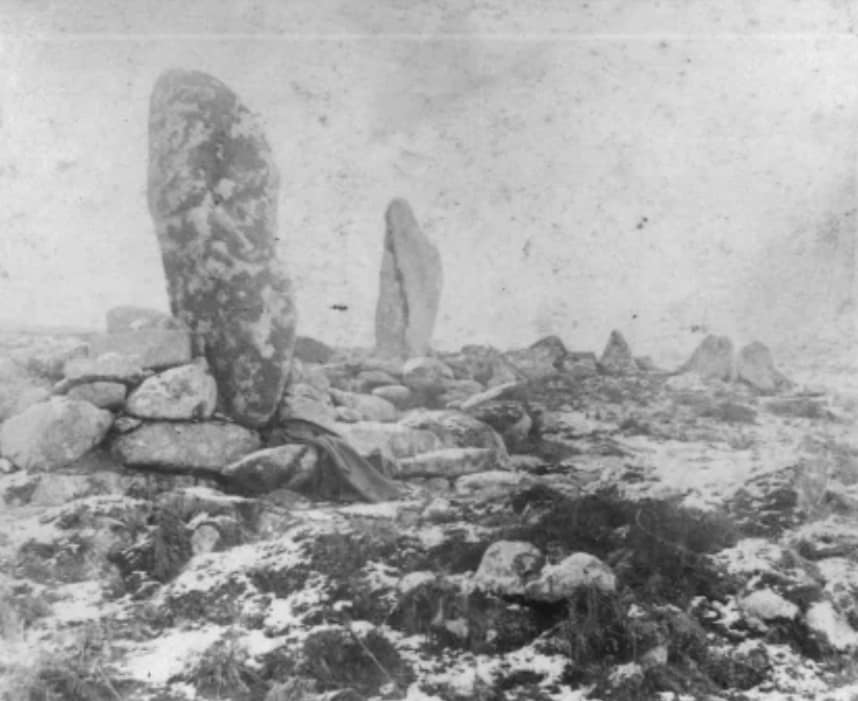
So what does this site look like today ?
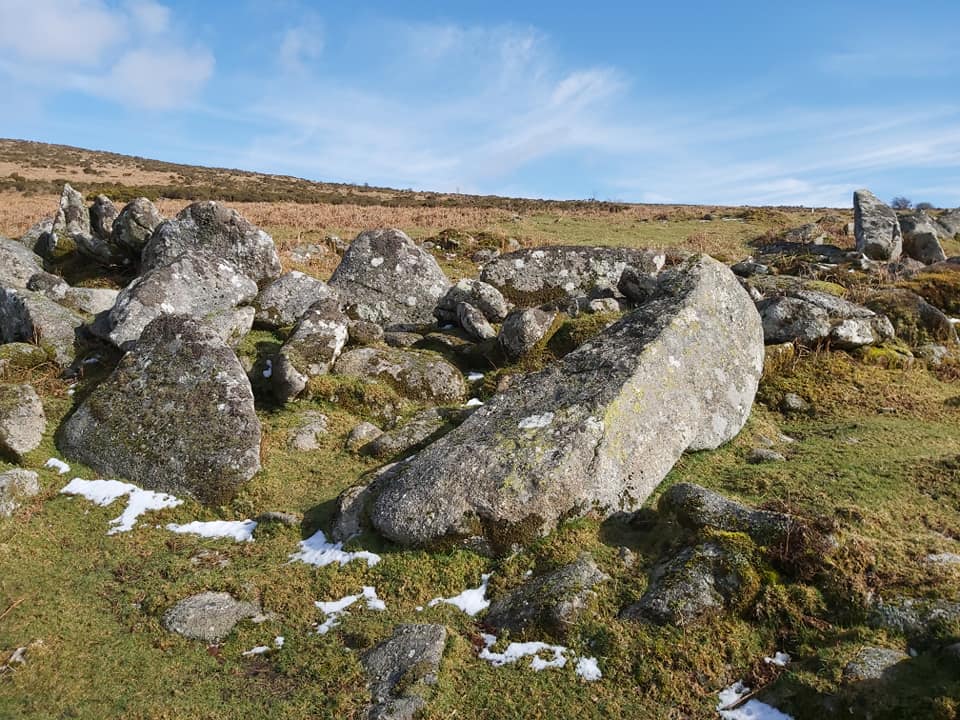
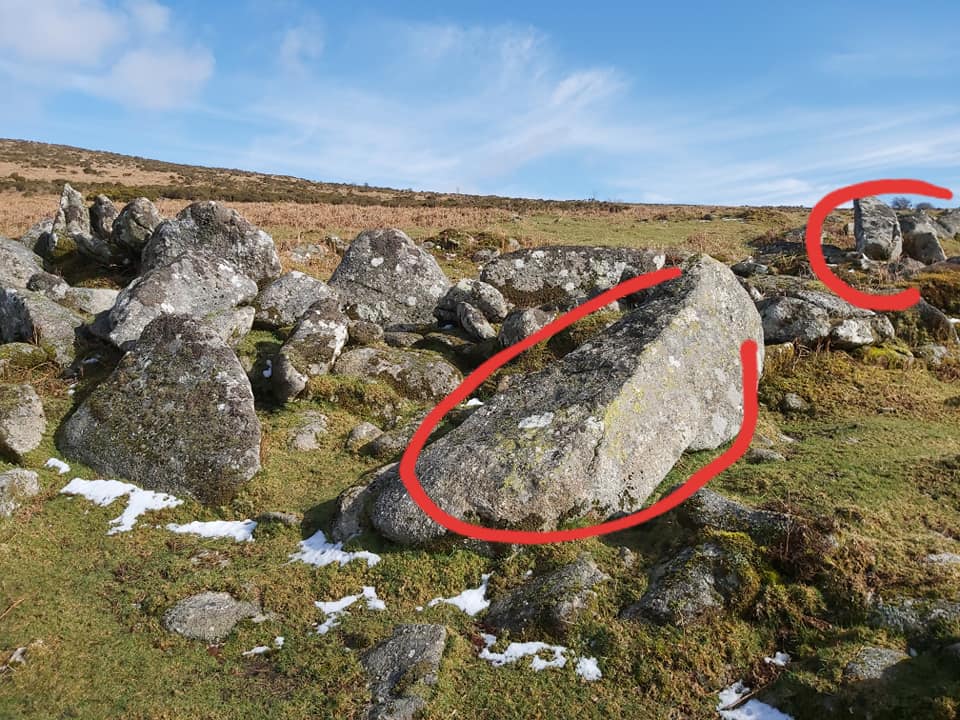
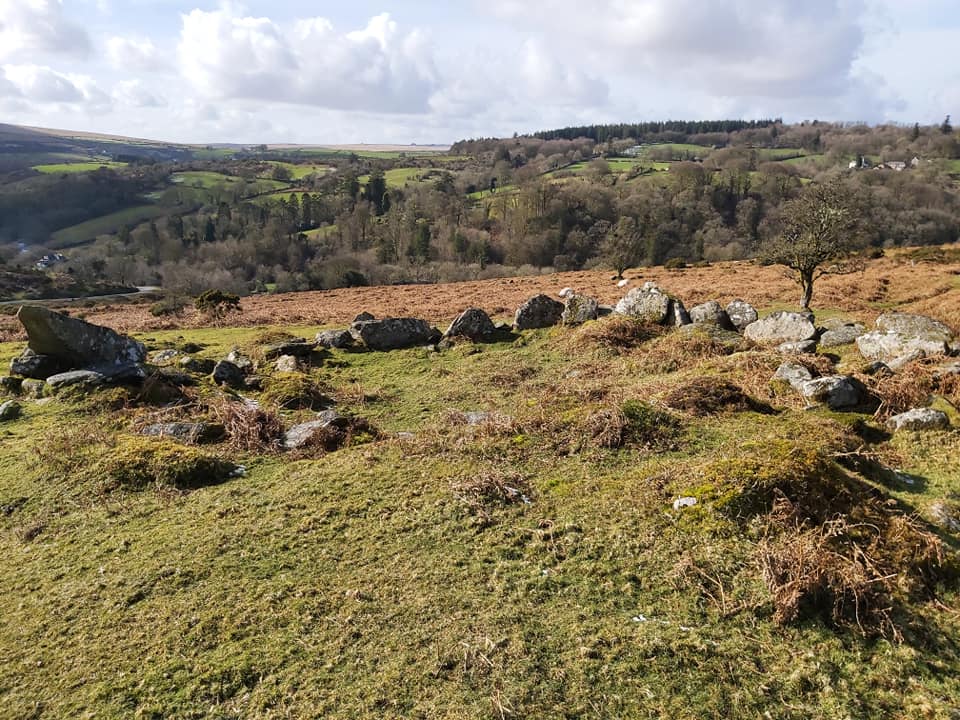
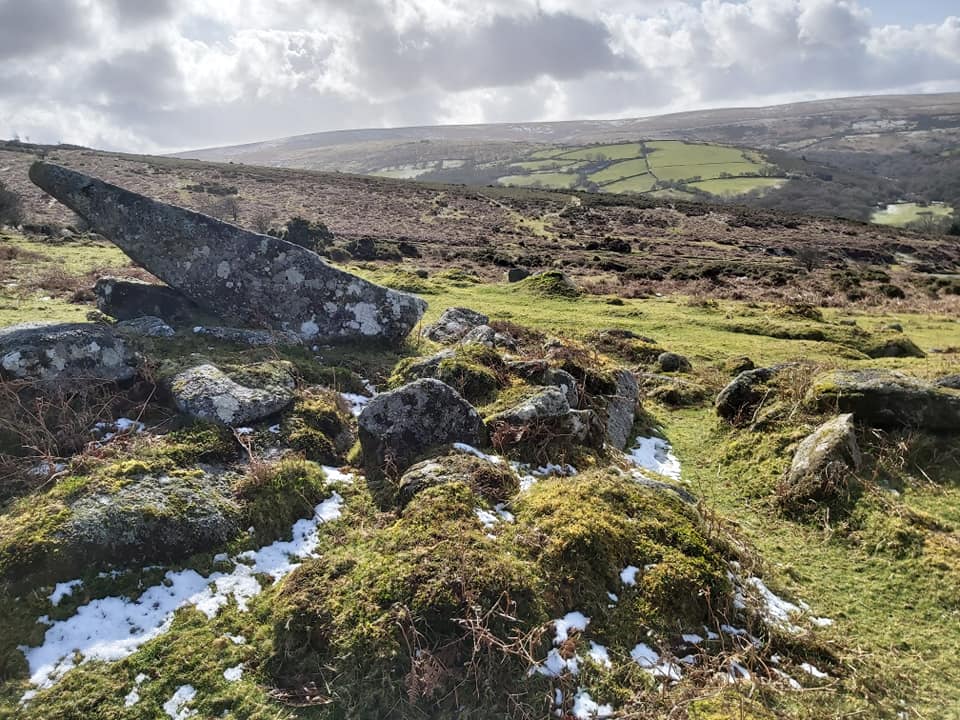
Further information gleened about this site is in the book by John Lloyd Warren Page in his “An Exploration of Dartmoor and its Antiquities” (fourth edition) dated 1895.
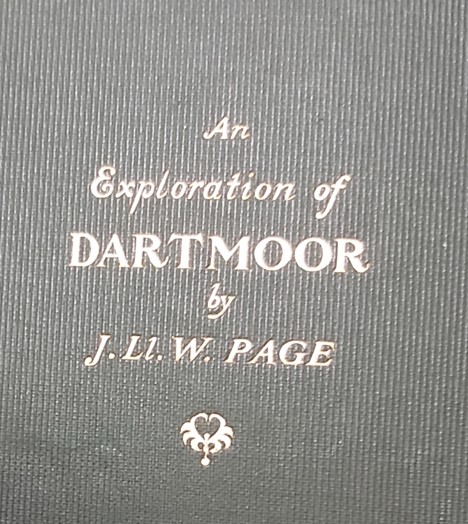
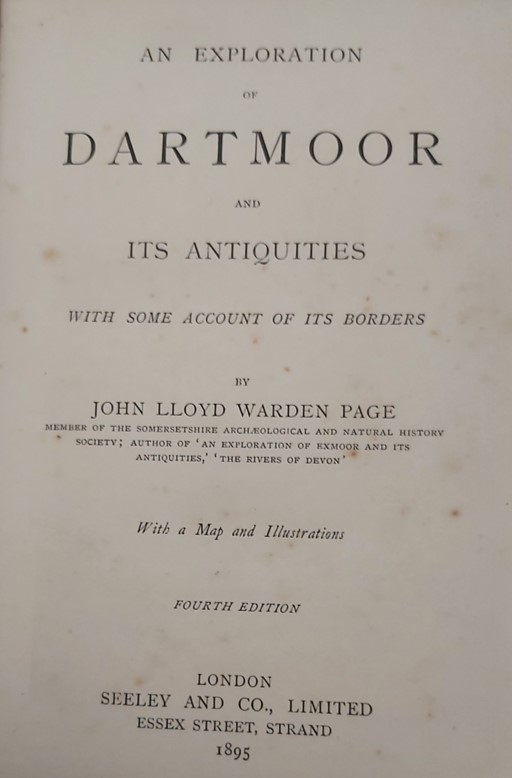
On pages 241 / 242 of the John Lloyd Warden Page book, he states of a trip down Dartmeet Hill from Yar Tor: “Instead of making direct for Dartmeet Bridge, we descend the southern slope of the tor, and, when near the road, shall be struck by two tall granite pillars rising from the ‘clatters’ to the height of about seven feet. A nearer inspection will reveal the fact that they form the door jams of a fine hut circle, and have been but recently erected * – * Footnote, On inquiring of a moor-man whom I met just below, I was informed that these stones had been set up on ‘jubilee Day’ by a neighbouring antiquary. He further gave it as his opinion that the relic thus marked out from the adjacent boulders was a ‘sacred circle’ which it certainly is not“.
There are also mentions of this site by William Crossing, John Chudleigh, Eric Hemery and Jeremy Butler.
Jeremy Butler in his Dartmoor Atlas of Antiquities, The East is described under map 14 as a splendid survival of a prehistoric homestead.